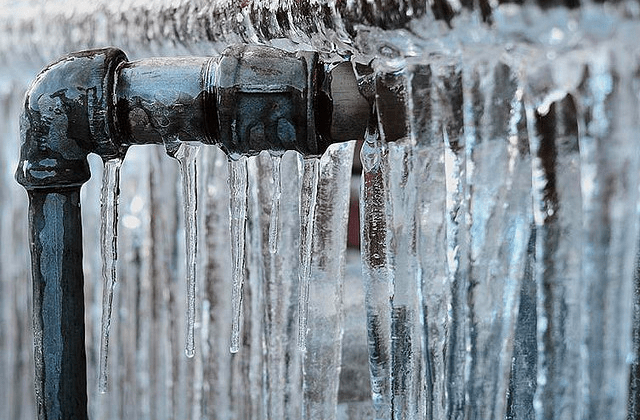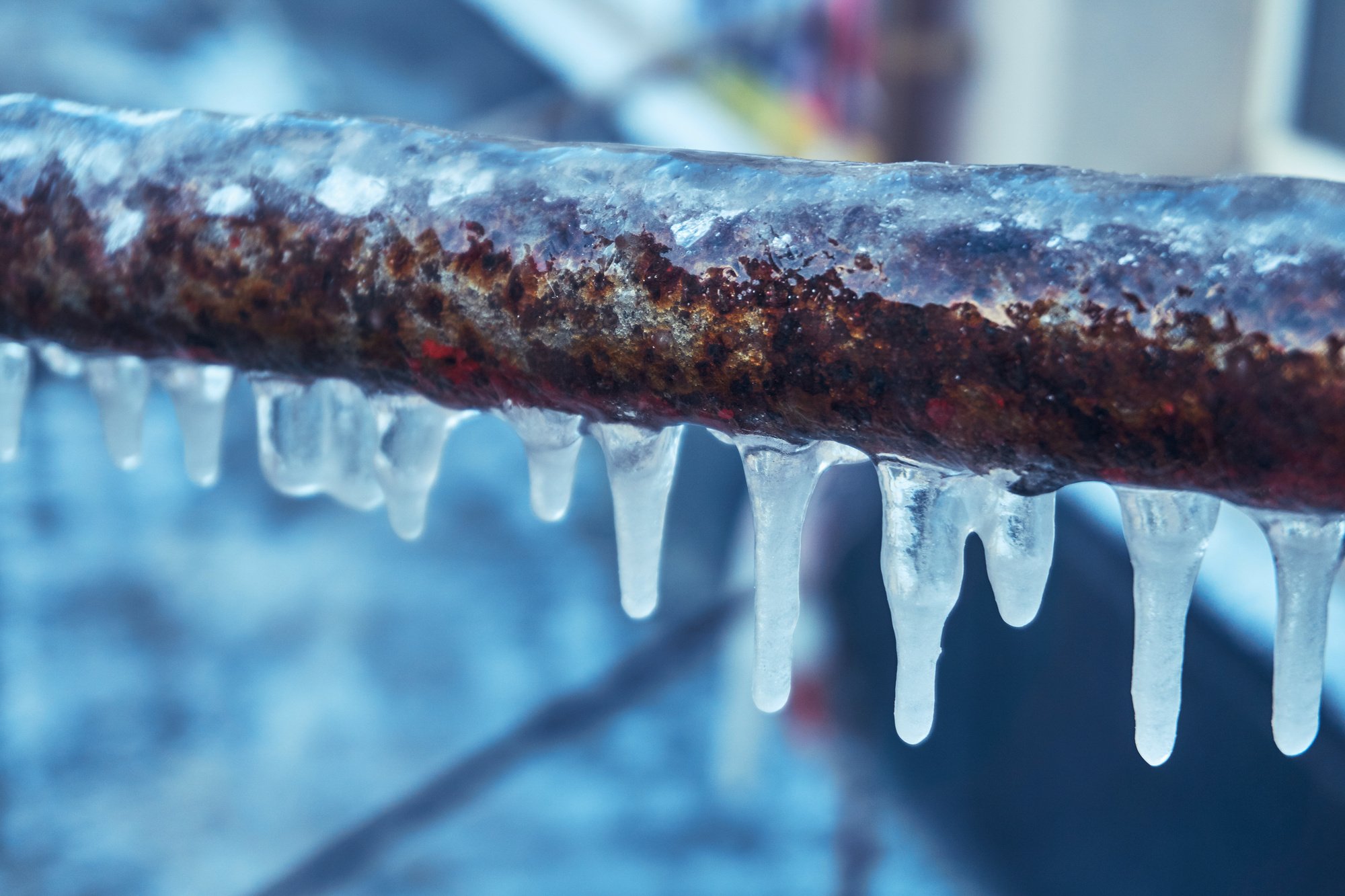Tips to Defend Your Plumbing from Freezing: Essential Tips
Tips to Defend Your Plumbing from Freezing: Essential Tips
Blog Article
Just about everyone maintains their own notions about Preventing and dealing with frozen pipes.

Cold weather can damage your pipes, particularly by freezing pipelines. Below's exactly how to stop it from occurring and what to do if it does.
Intro
As temperature levels decline, the risk of frozen pipelines increases, possibly resulting in expensive repair services and water damage. Understanding just how to stop frozen pipes is important for home owners in chilly environments.
Avoidance Tips
Protecting at risk pipelines
Wrap pipelines in insulation sleeves or make use of warmth tape to shield them from freezing temperature levels. Focus on pipelines in unheated or outside areas of the home.
Home heating techniques
Maintain indoor areas adequately warmed, especially locations with pipes. Open cabinet doors to enable warm air to circulate around pipelines under sinks.
How to recognize frozen pipelines
Seek decreased water circulation from faucets, unusual odors or sounds from pipelines, and visible frost on exposed pipes.
Long-Term Solutions
Structural changes
Take into consideration rerouting pipelines far from exterior wall surfaces or unheated locations. Add extra insulation to attic rooms, cellars, and crawl spaces.
Updating insulation
Purchase premium insulation for pipes, attic rooms, and wall surfaces. Correct insulation helps keep regular temperatures and lowers the risk of icy pipelines.
Safeguarding Outdoor Pipes
Yard hose pipes and outside faucets
Detach and drain garden tubes prior to winter months. Install frost-proof spigots or cover outside taps with protected caps.
Comprehending Icy Pipes
What triggers pipelines to ice up?
Pipelines freeze when revealed to temperatures below 32 ° F (0 ° C) for prolonged durations. As water inside the pipelines freezes, it increases, putting pressure on the pipeline walls and potentially triggering them to burst.
Risks and damages
Icy pipelines can bring about supply of water interruptions, property damages, and expensive repairs. Ruptured pipelines can flood homes and create substantial architectural damages.
Signs of Frozen Pipeline
Recognizing frozen pipes early can prevent them from rupturing.
What to Do If Your Pipes Freeze
Immediate activities to take
If you presume icy pipelines, maintain taps available to ease stress as the ice melts. Make use of a hairdryer or towels taken in warm water to thaw pipelines slowly.
Conclusion
Avoiding icy pipelines needs positive steps and fast responses. By comprehending the causes, indicators, and safety nets, home owners can protect their plumbing throughout cold weather.
5 Ways to Prevent Frozen Pipes
Drain Outdoor Faucets and Disconnect Hoses
First, close the shut-off valve that controls the flow of water in the pipe to your outdoor faucet. Then, head outside to disconnect and drain your hose and open the outdoor faucet to allow the water to completely drain out of the line. Turn off the faucet when done. Finally, head back to the shut-off valve and drain the remaining water inside the pipe into a bucket or container. Additionally, if you have a home irrigation system, you should consider hiring an expert to clear the system of water each year.
Insulate Pipes
One of the best and most cost-effective methods for preventing frozen water pipes is to wrap your pipes with insulation. This is especially important for areas in your home that aren’t exposed to heat, such as an attic. We suggest using foam sleeves, which can typically be found at your local hardware store.
Keep Heat Running at 65
Your pipes are located inside your walls, and the temperature there is much colder than the rest of the house. To prevent your pipes from freezing, The Insurance Information Institute suggests that you keep your home heated to at least 65 degrees, even when traveling. You may want to invest in smart devices that can keep an eye on the temperature in your home while you’re away.
Leave Water Dripping
Moving water — even a small trickle — can prevent ice from forming inside your pipes. When freezing temps are imminent, start a drip of water from all faucets that serve exposed pipes. Leaving a few faucets running will also help relieve pressure inside the pipes and help prevent a rupture if the water inside freezes.
Open Cupboard Doors
Warm your kitchen and bathroom pipes by opening cupboards and vanities. You should also leave your interior doors ajar to help warm air circulate evenly throughout your home.

Hopefully you enjoyed reading our excerpt about How to Prevent Your Pipes From Freezing. Many thanks for finding the time to read our article post. Sharing is caring. Helping others is fun. I praise you for your time. Please come by our site back soon.
This Page Report this page